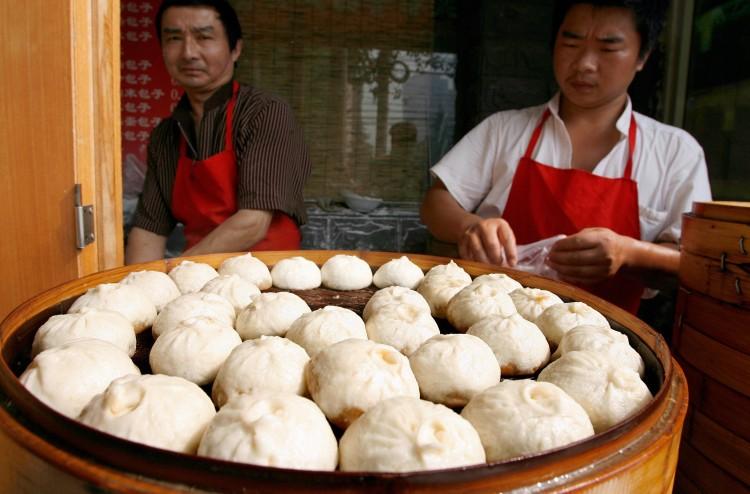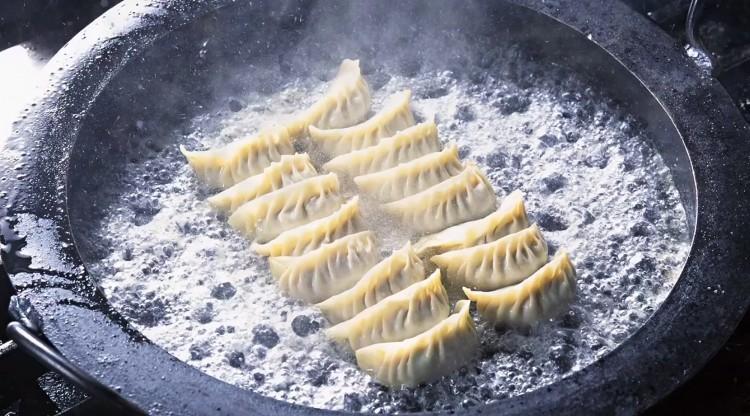Saké is a drink that comes mainly from fermented rice. But to start talking about this drink that so popular in Asia, we must go back to the first recipes in the history of saké.
It is said that the first saké was called “kuchikama no saké,” which means “mouth-brewed saké.” It was called so because it was prepared with chewing rice mixed with herbs, like chestnuts, millet, and acorns. All this was spit-chewed and then the whole mixture was put in a barrel.
Although the procedure seems unappetizing, it was done because thanks to the enzymes in saliva, rice starch could be converted into sugar, thus ensuring that all the ingredients were a sugary mixture. Then they added freshly cooked rice and let it ferment naturally. Back then, saké was a drink that did not have a high alcohol content and was preferably consumed as a mush.
The birth of saké is very controversial and there is no actual documentation about its history. There are only theories about how it was created, and even today no one disputes that it is Japanese, although there are indications that it could have Chinese origins.
The theory of a Chinese origin of saké suggests that a rice fermentation process began to be used throughout the Yangtze around 4,800 B.C., and then that this method was later incorporated in Japan.
Another theory that refutes the Japanese origin of saké is that Chinese millet wine, “xiaomi jiu,” was mentioned in several inscriptions in the 14th century B.C. and only used as an offering to the gods in religious rituals. Then, around the 7th century B.C., saké appeared as China rice wine “mi jiu,” a formula almost exactly equal to that currently known as Japanese saké, which had become very popular with the Chinese.
There was a great event in the history of saké and for many other products like amazake (low-alcohol rice saké), miso (fermented soybean paste), and soy sauce: the discovery of koji-kin (Aspergillus oryzae). It is a mold enzyme that caused the chewing process to no longer be necessary, as it could convert rice starch into sugar. However, this process caused the alcohol content of saké to grow considerably.
Most of the techniques and methods used to produce a higher quality saké come from China. It is because, as I said earlier, this drink reached great popularity with the Chinese people.
Another oddity in the history of this drink is that in Japan the word saké just means “alcoholic beverage.” It is in Western countries that the word is used to refer to the saké drink that is made with fermented rice.
To refer to this drink, in Japan the term Nihonshu is used, which means “Japanese liquor.”
Another point to consider is that the term saké does not refer to rice wine, as it is known that by definition the word “wine” can only be used for the product made from the fermentation of grapes and other fruits.
So if you go to Japan and ask for saké, you will be served any alcoholic beverage, and depending on the region of Japan, they will bring you different drinks. For example, if you are in Okinawa, saké refers to sugarcane alcohol, but if you are south of Kyushu, they will bring a sweet potato alcohol called imo-jochu.
Saké is a customary drink served at festivals and ceremonies. Usually served freely in ceremonies, it represents good fortune. Even in the well-known tea ceremony, it is customary to serve it.
In the new year, Japanese people drink a special saké called iwai-zake—which is mostly known as a cough medicine—and this drink has a ritual attached: It is taken in order of age, starting from youngest to oldest.
The style in which saké is served depends on one’s pleasure, but also depends on the time of year. It can be served hot or cold, as well as warm. But, it is good to clarify that warm or hot saké is absorbed faster by the body, which is why the soldiers in World War II used to drink hot saké, especially the kamikaze soldiers.
It is one of the few alcohols that is consumed hot.
Saké-Marinated Squid
2 pounds of small calamaris (squid)
3/4 cup saké
1/4 cup sugar
1/2 cup soy sauce
1 tablespoon lemon juice
Wash the squids thoroughly (but leave on the tentacles). In a bowl, mix together the sugar, saké, soy sauce, and lemon juice. (Reserve a small portion to use as a sauce later.)
Put in the squids and marinate for 1 hour.
String the calamaris on wooden skewers and cook over a high heat on a grill or even a hot plate. Drizzle with reserved marinade and serve hot.




